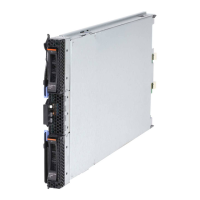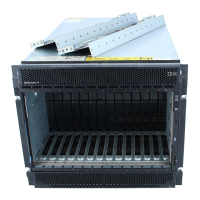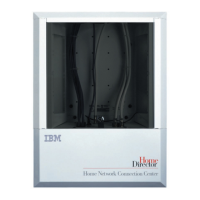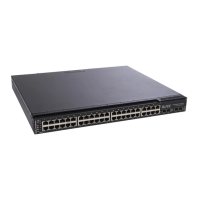traps sent from the switch; they must immediately take certain actions to avoid
future failure or breakdown of the network.
You can also specify which network managers can receive traps from the switch by
entering a list of the IP addresses of authorized network managers. You can enter
up to four trap recipient IP addresses, and four corresponding SNMP community
strings.
SNMP community strings function like passwords in that the community string
entered for a given IP address must be used in the management station software,
or a trap will be sent.
The following are trap types that the switch can send to a trap recipient:
Cold start
This trap indicates that the switch has been turned on and initialized such
that software settings are reconfigured and hardware systems are restarted.
A cold start is different from a factory reset in that configuration settings
saved to nonvolatile random-access memory (NVRAM) used to reconfigure
the switch.
Warm start
This trap indicates that the switch module has been restarted; however, the
power-on self-test (POST) is skipped.
Authentication failure
This trap indicates that someone has tried to log on to the switch using an
invalid SNMP community string. The switch automatically stores the source
IP address of the unauthorized user.
New root
This trap indicates that the switch has become the new root of the
Spanning Tree. The trap is sent by the switch soon after its election as the
new root. This implies that upon expiration of the topology change timer, the
new root trap is sent out immediately after the switch is elected as the new
root.
Topology change (Spanning Tree Protocol (STP))
This trap indicates that one or more of the configured ports changes from
the learning state to the forwarding state, or from the forwarding state to the
blocking state. The trap is not sent if a new root trap is sent for the same
change.
Link up
This trap indicates that the link of a port has changed from link down to link
up.
Link down
This trap indicates that the link of a port has changed from link up to link
down.
MIBs
Management and counter information are stored in the switch in the management
information base (MIB). The switch uses the standard MIB-II management
information base module. Consequently, values for MIB objects can be retrieved
from any SNMP-based network management software. In addition to the standard
MIB-II module, the switch also supports its own proprietary enterprise MIB as an
extended management information base. These MIBs can also be retrieved by
Chapter 4. Switch management and operating concepts 21
